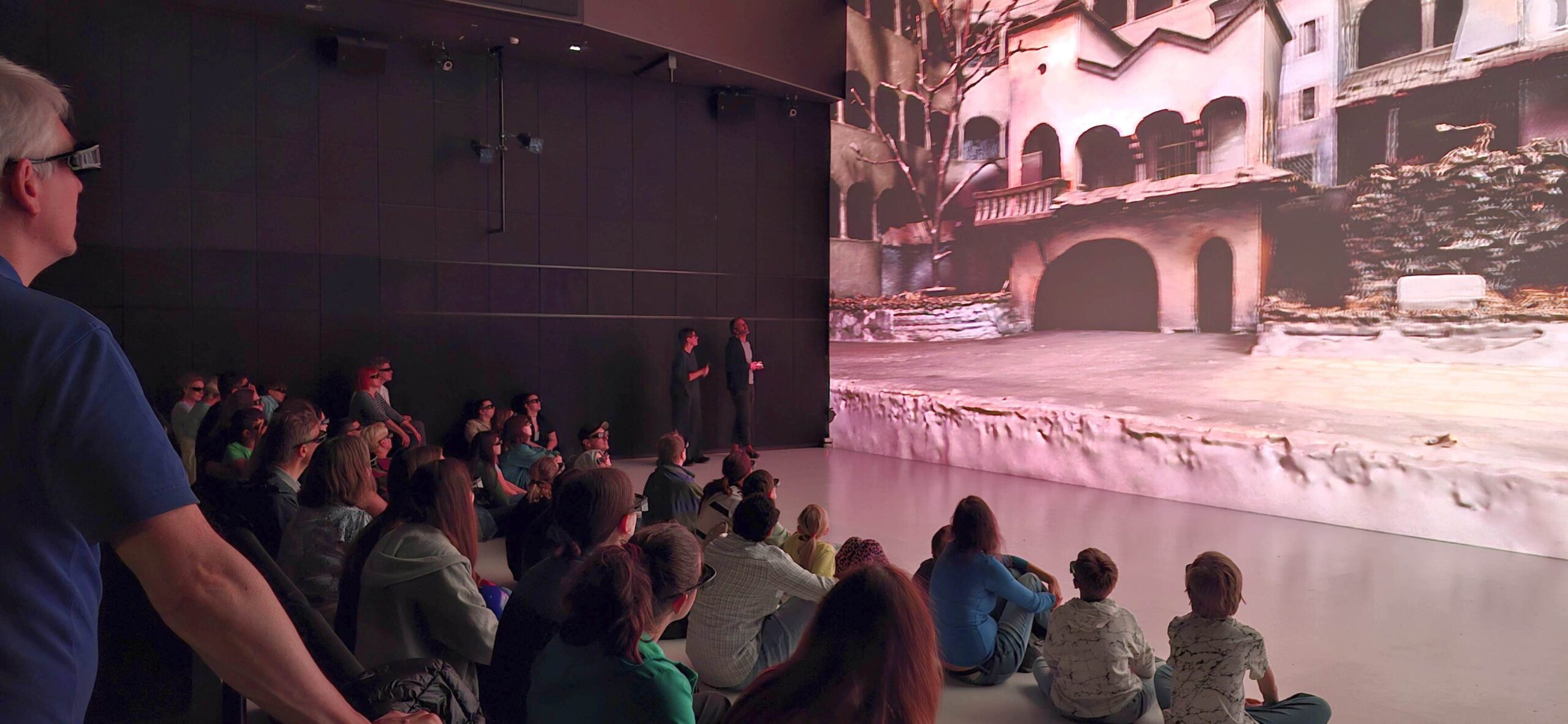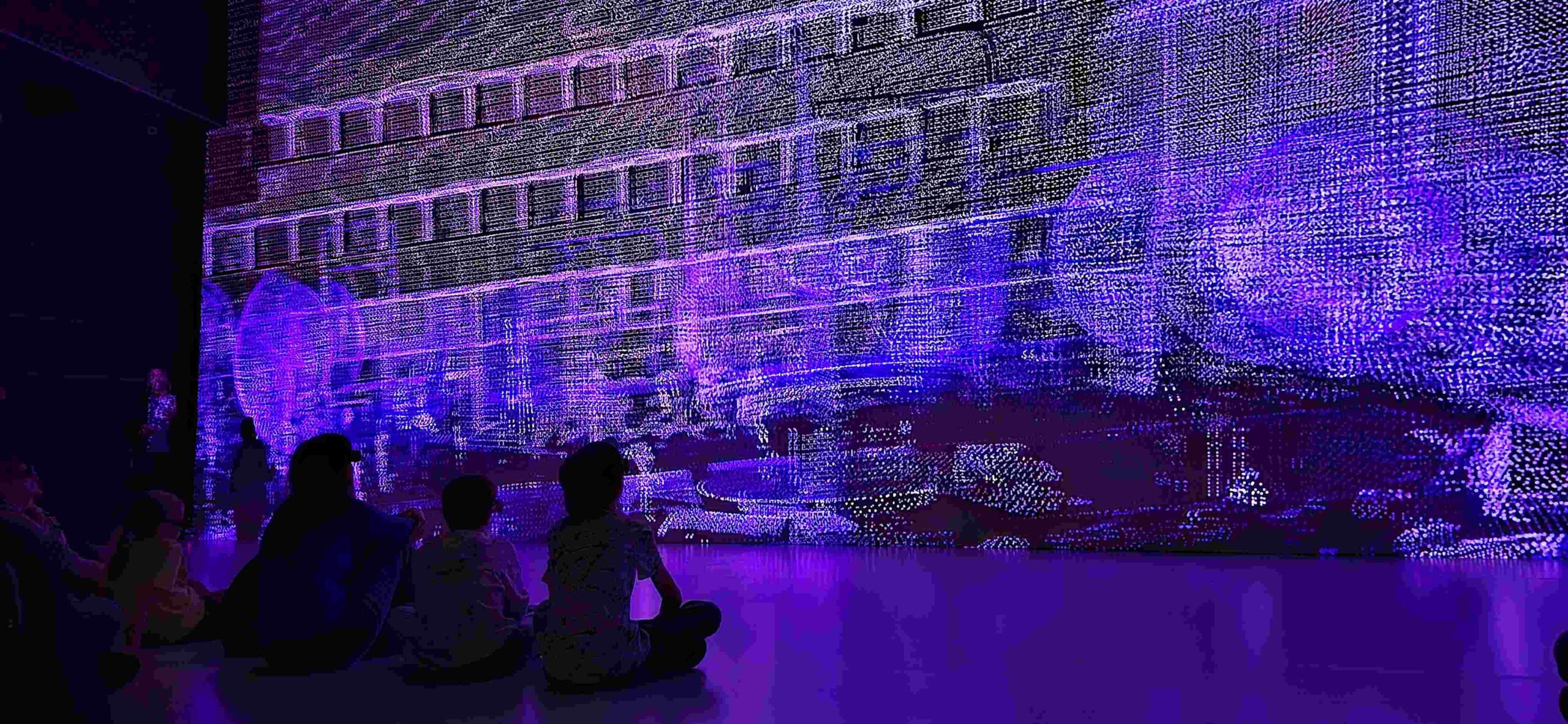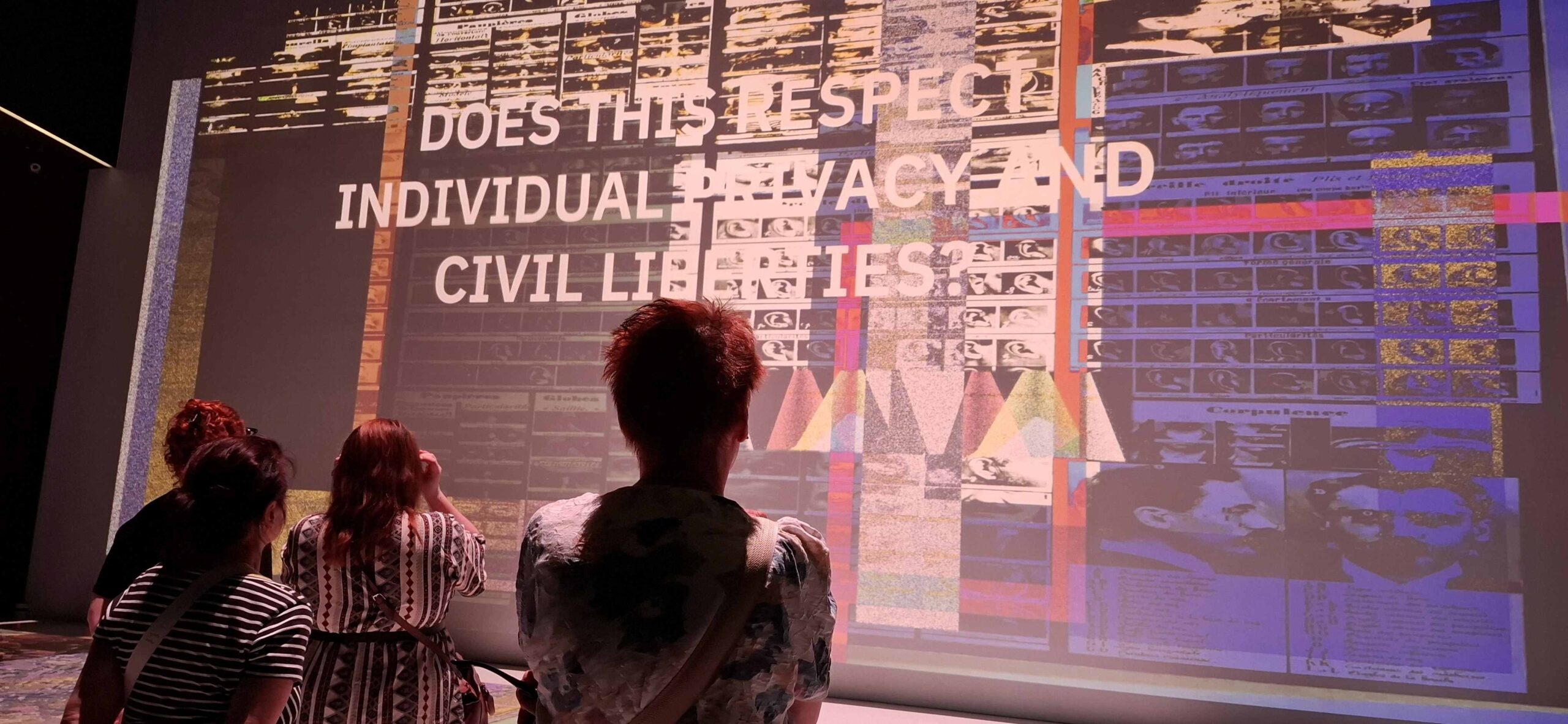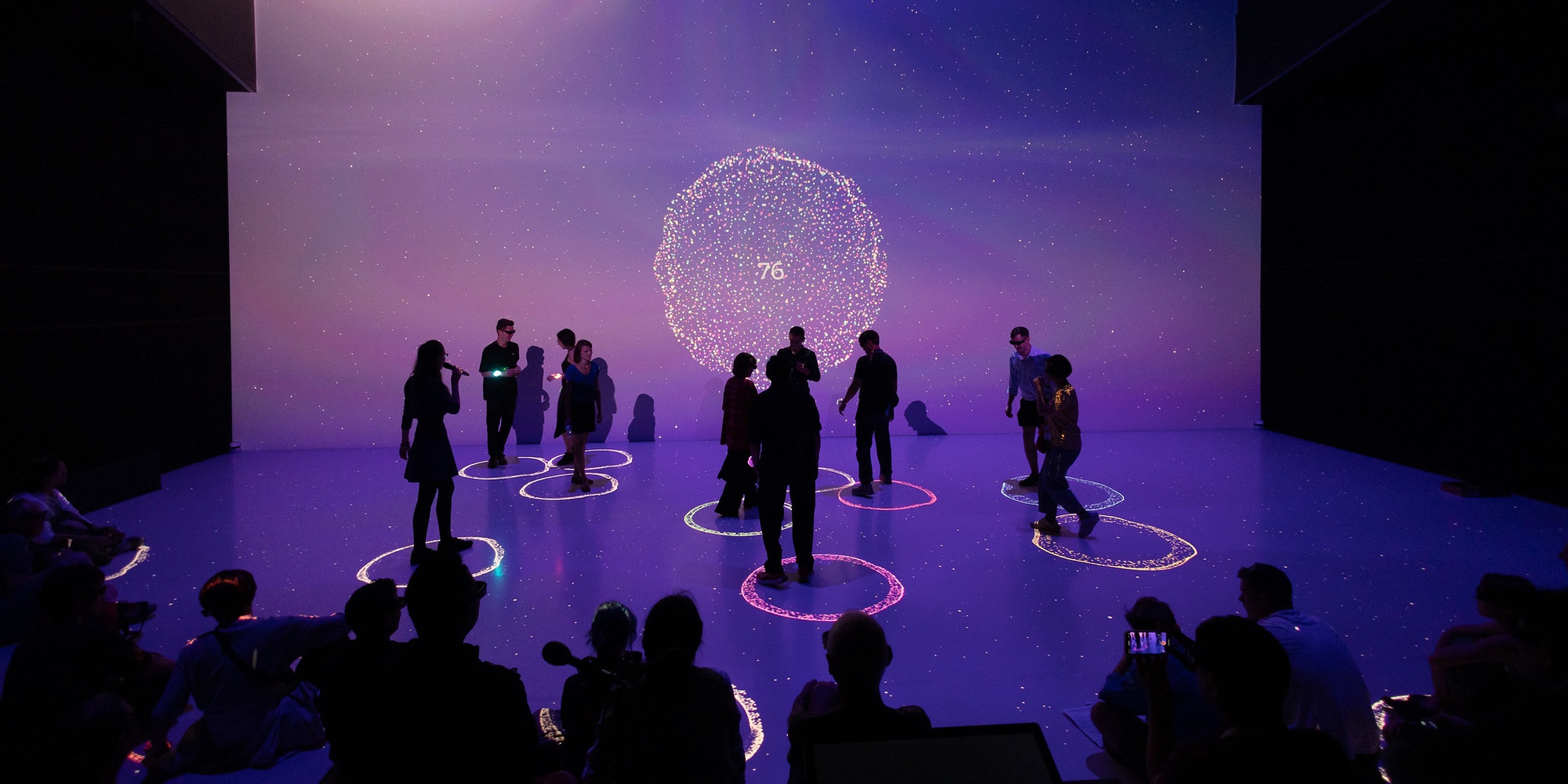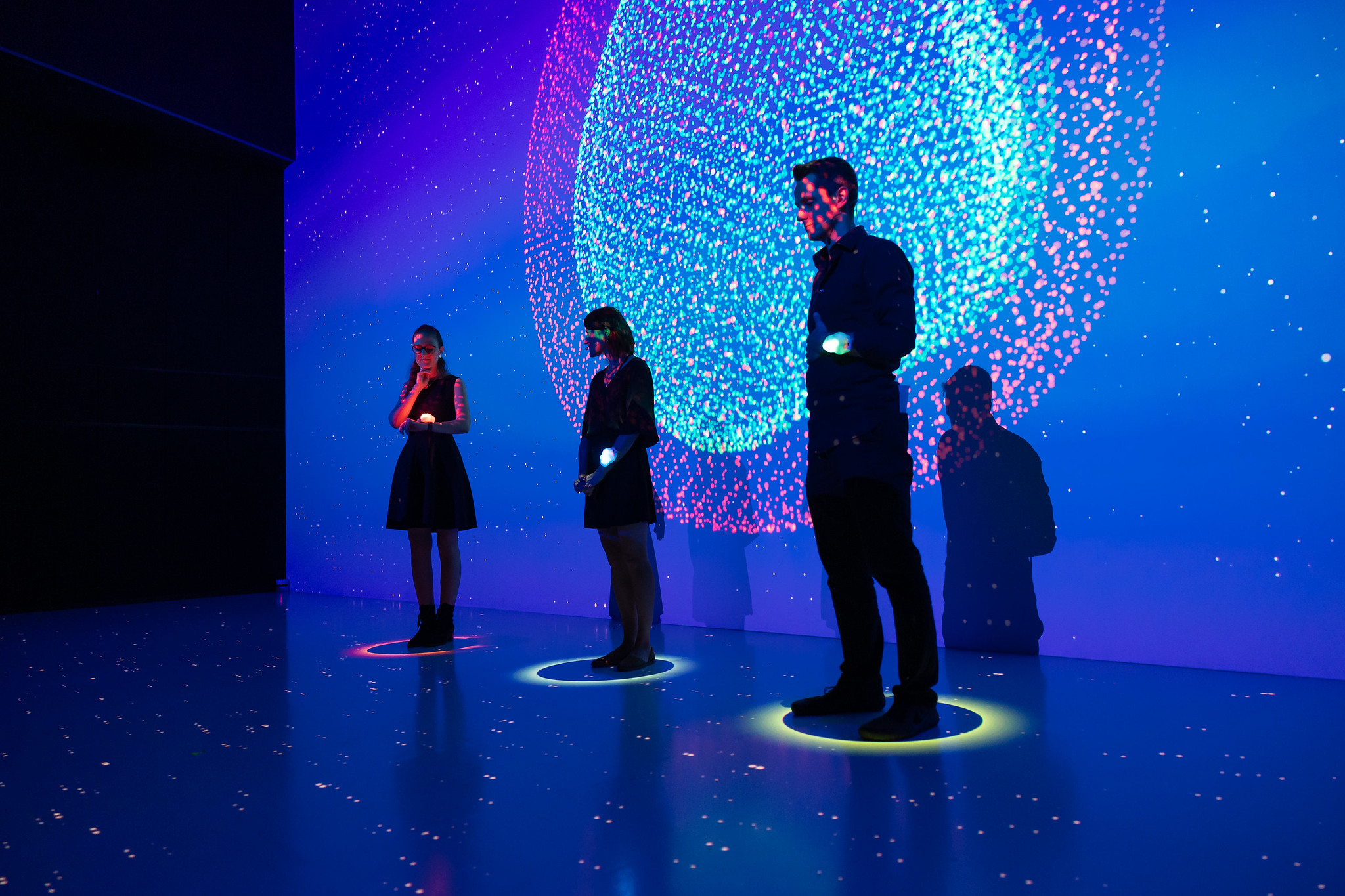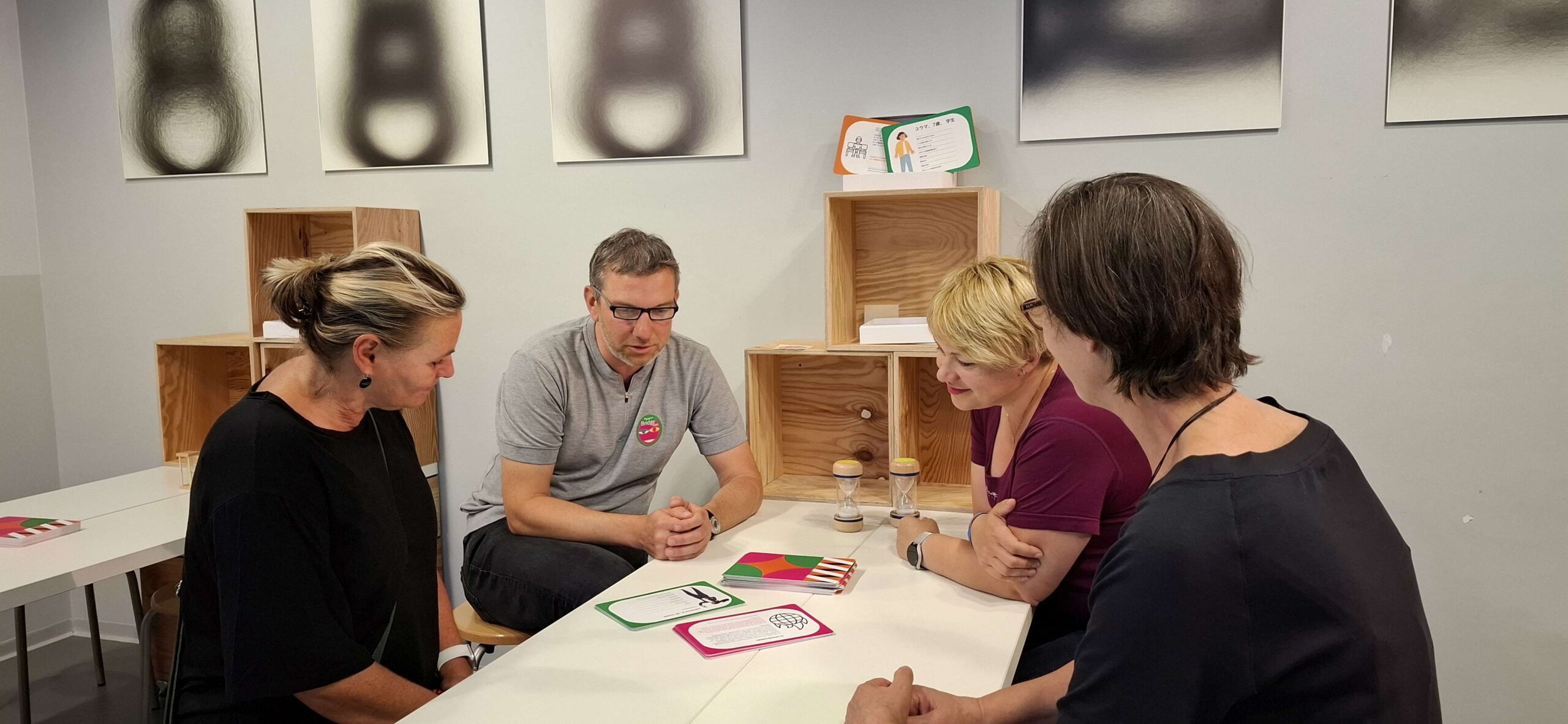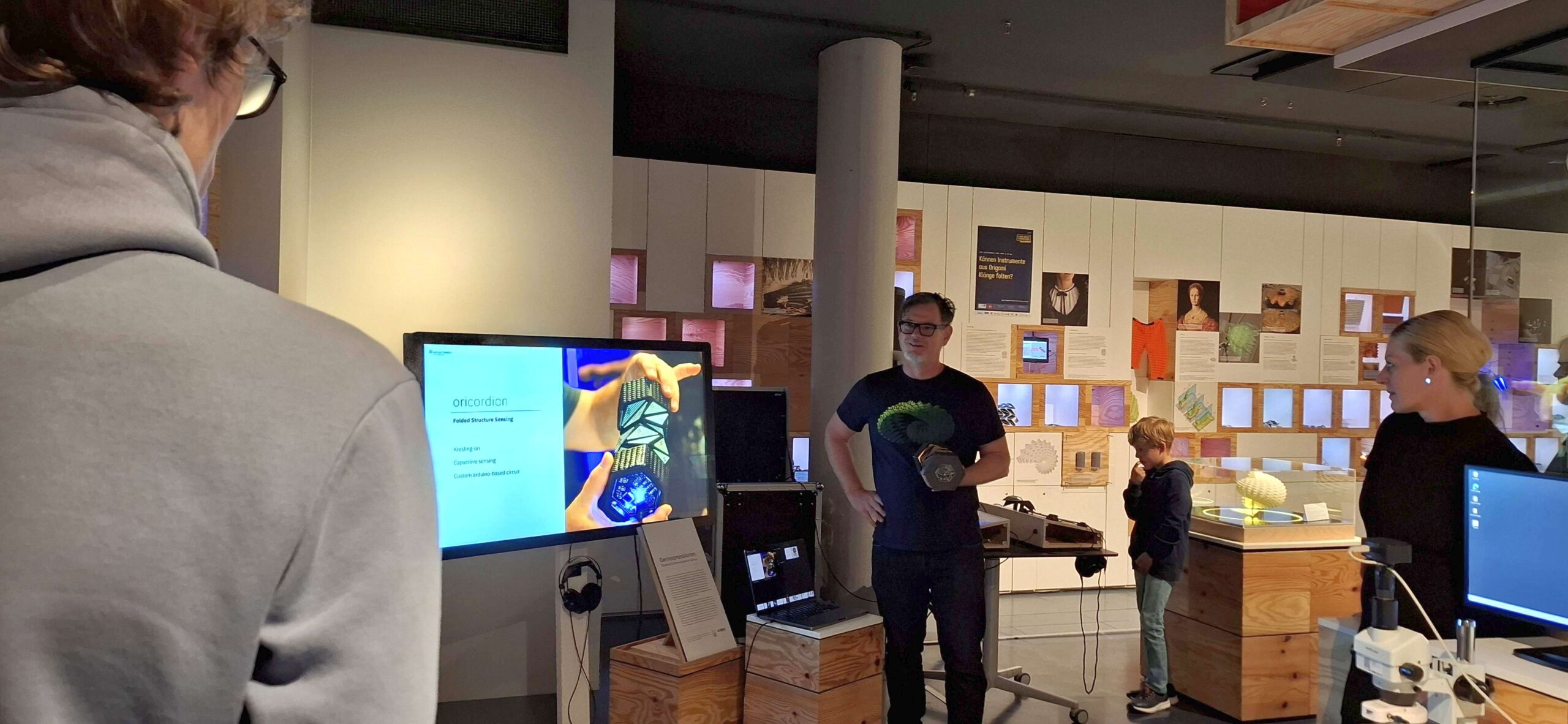As the artistic research and development laboratory of Ars Electronica, the Futurelab used the Long Night of Research 2024 to present its current work to the public. On May 24, 2024, researchers and artists from the Futurelab therefore got in touch with visitors at the Ars Electronica Center with workshops and demonstrations.
With the support of Margarethe Lasinger from the Salzburg Festival, for example, they demonstrated in Deep Space 8K how to build a time machine for theater: the Faust VR application for the Salzburg Festival has elaborately brought to life the stage design of the celebrated “Faust” production by theater magician Max Reinhardt from the 1930s.
But not only cultural heritage can benefit from digitalization; social problems can also be made visible when data is used artistically. The Futurelab presented the interdisciplinary Data Art & Science Project, which combines data science with artistic exploration around topics such as health care, air pollution, loss of biodiversity and climate change. Also in Deep Space 8K, a patented new development from the Futurelab was presented: Deep Sync invited visitors to share their heartbeats visually and audibly with others. In this way, they explored individual and group dynamic reactions as part of a research project on the effects of using physiological data in a co-immersive space.
More Futurelab innovations were introduced to visitors in workshops. One of the questions addressed was: How do we build bridges into the future between young and old in a playful way? With the card game Bridge 2040, seniors and children were able to design future scenarios around fictional characters in the year 2040. With a presentation and the opportunity for hands-on participation, the Futurelab’s work on Oribotic Instruments was introduced. The research is focused on how we can invent foldable musical spaces instead of linear musical scores. Printed circuit board electrodes layered on textiles are designed as kinetic origami structures – this way, a wide variety of sounds can be created using folding angles, folding paths and geometric gestures.
Credits
Ars Electronica Futurelab: Peter Freudling, Matthew Gardiner, Peter Haider, Peter Holzkorn, Susanne Kiesenhofer, Daniel Rammer, Anna Weiss

